 |
  |
||||
contact |
|
The configuration of the microstrip array antennas using both sided mic feed circuit is shown in the figure 1. Since the strip-slot and the slot-strip branch circuits are used as the power divider, the feed circuit has very simple configuration that consist of the straight microstrip lines and slots. The cross polarization has been suppressed less than -30dB, because the antenna has symmetrical configuration in the X-Z plane and the Y-Z plane. |
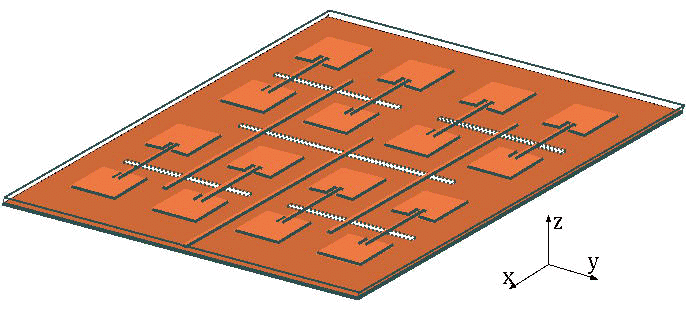 Fig.1 Microstrip Array Antenna using Both-Sided MIC's circuits |
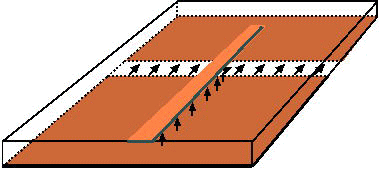 Fig.2 Strip-Slot branch circuit |
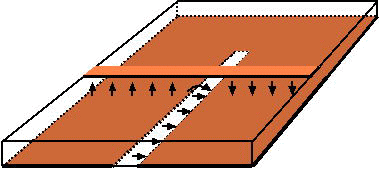 Fig.3 Slot-Strip branch circuit |
|
The configuration of the array antenna using hybrid multi layer feed circuit is show in the figure 4. The feed circuit of this antenna consists the multi layer circuit which combine the two both-sided feed circuits. Functionality expansion such as dual polarized antenna, a multi-band antenna, a dual circularly polarized antenna is possible. |
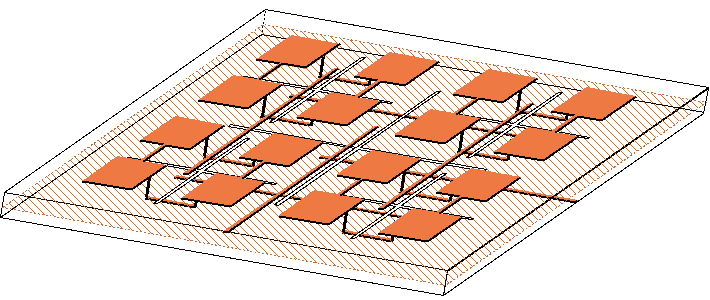 Fig.4 Array Antenna using Hybrid Multi Layer Feed Circuit |
|
Generally a microstrip antenna has a narrow-band and low gain of 6-7dBi. By stacking a parasitic patch as shown in figure 5, the wide-band or high gain characteristic is obtained. the characteristics are depend on the element distance hp. |
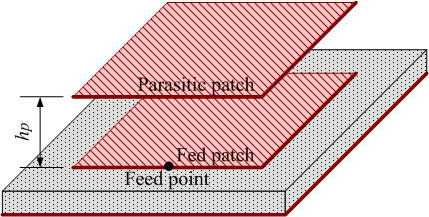 Fig.5 Stacked Microstrip Antenna |
| The behavior mechanism of the stacked antenna is synthetically clarified for the first time by investigating the results calculated by using FDTD method. The stacked microstrip antenna has particular characteristics that are a high gain or a wide bandwidth. When the size of parasitic patch is nearly equal to the fed patch and the distance between the fed patch and the parasitic patch is about0.1 wavelength, the bandwidth is increased. When that distance is about a half wavelength, the gain enhancement is obtained. These characteristics have been reported individually with limited range, so far. a three-element stacked microstrip antenna with a wide bandwidth and a high gain is successfully proposed. The three-element stacked microstrip antenna is composed of a fed patch and two parasitic patches. The parasitic patch close to the fed patch increases the impedance bandwidth, and the other parasitic patch located in half a wavelength from the fed patch enhances the gain. |
|
|
|
As shown in this figure 7, the antenna has the cross slot at the center of the patch, and four diodes are mounted in a star form across the slot. These diodes directly connected to the antenna element conductor control the surface current distributions. When a positive voltage is applied to the patch with respect to the diode junction e, sections a-e and c-e become conductive as they receive a positive bias, while sections b-e and d-e become open with a negative bias. If the polarity of the bias voltage to the diode is reversed, the condition of the diodes is reversed as well. This technology can applied a slot antenna. The polarization controllable slot antenna is shown figure 8. |
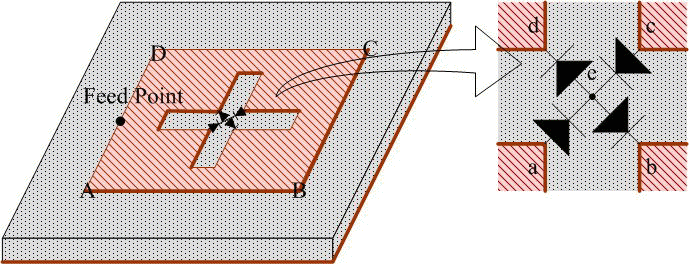 Fig.7 Polarization Controllable Microstrip Antenna 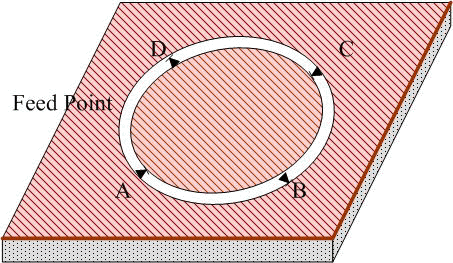 Fig.8 Polarization Controllable Slot Antenna |
|
The resonant frequency controllable microstrip antenna is show in figure 9. This antenna has a rectangle slot and two switching diodes. When the switching diodes are ON, the surface current flows through the diodes. When the diodes are OFF, the sufface current is exited around the slot. The resonant frequency is changed by the length current pass. The resonant frequency can be controlled by the polarity of the diode bias. |
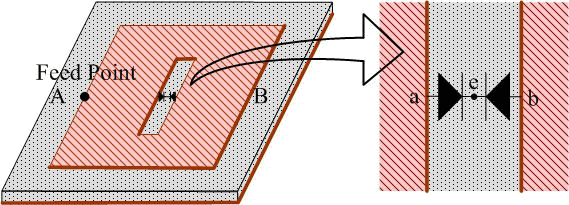 Fig.9 Resonant Frequency Controllable Microstrip Antenna |
The structure of the proposed microstrip antenna with directivity control function is shown in Fig. 10. This antenna is composed of a probe fed square patch, two parasitic patches. These patches have a slot at the center. The two parasitic patches have a pair of switching diodes that is connected across the slot. These diodes are directly connected to the antenna element conductor to control the surface current distributions. The #0 patch in Fig. 1 is excited by a probe, and #1 and #2 patches are excited by mutual coupling. The resonant frequency of the parasitic patch is changed by the diode on/off condition. When the diodes are on, the resonant frequency is higher. When they are off, the lower resonant frequency is obtained. In this way, the currents on the parasitic patches are controlled by the bias polarity for the diodes. As the resonant frequency of the fed patch is fixed, the mutual coupling of the patches depends on the on/off conditions of the parasitic patches. Consequently, this array antennas have the beam control function. |
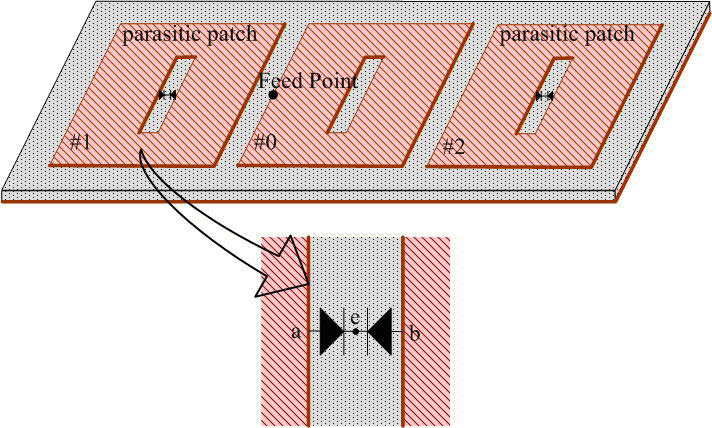 Fig.10 Directivity Controllabl Microstrip Antenna |